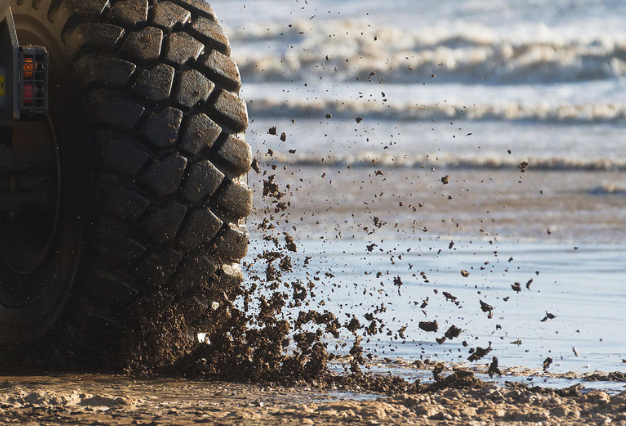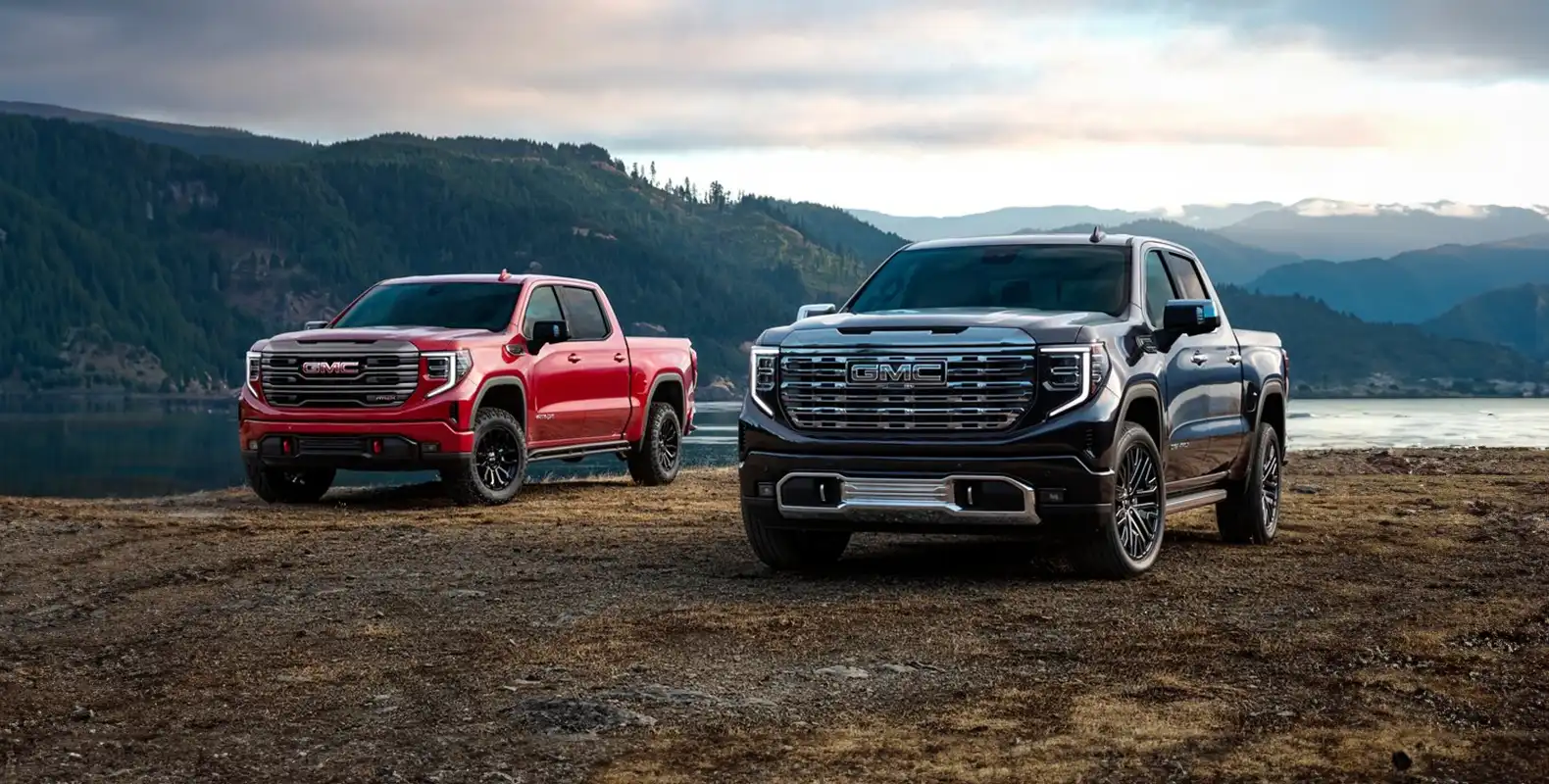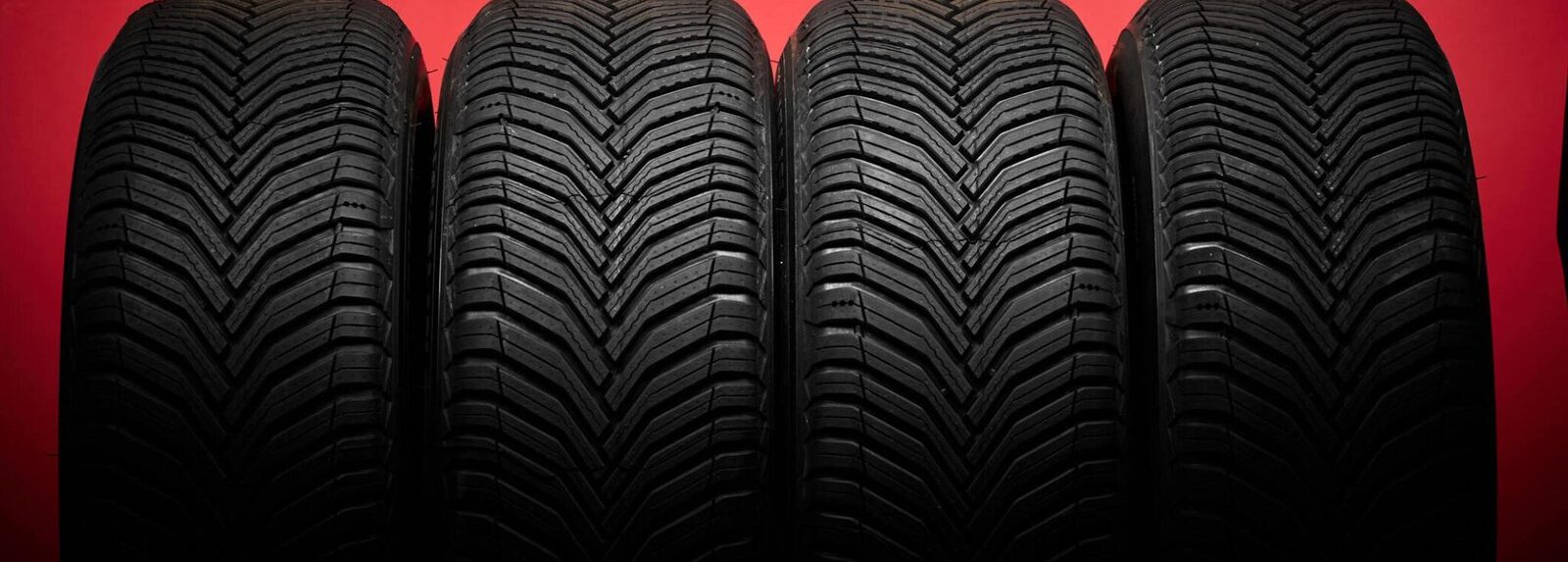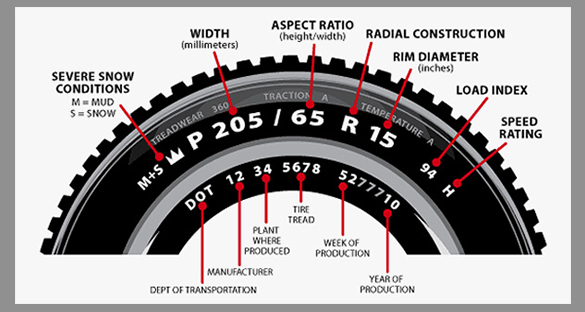Last Updated on August 1, 2025
Multiple Tire Sets: Winter’s Chill, Summer’s Thrill
Imagine taking your truck or 4×4 off-roading on hard dirt, and the clouds above make good on the threat of rain. No problem, you think, the truck will be just fine. It’s fairly heavy, so some mud shouldn’t hamper your fun. Then, the mud starts caking on your all-terrain tires. It won’t come off. Now, the tires are spinning in the mud, finding no purchase. Your truck is stuck.
Is it worth it to have multiple tire sets for different conditions?
There’s a common saying regarding tires: “The right tool for the job.” Many drivers wonder if it’s worth investing in multiple-vehicle tire sets. At the same time, it might seem like an added expense, but having the right tires for different driving conditions can save you money and ensure your safety on the road. This blog will explore the benefits of having multiple tire sets and how they can enhance your driving experience.
Understanding Multiple Tire Sets
Multiple tire sets refer to having two or more tires for your vehicle, each designed for specific driving conditions. The most common combination includes all-season tires for everyday use and a separate set of winter tires for cold and snowy weather. However, some drivers also opt for summer or specialized tires for off-road adventures.
The Benefits of Multiple Tire Sets
- Safety: The primary advantage of multiple tire sets is safety. Different seasons bring varying road conditions, and having the right tires can significantly improve your vehicle’s handling, traction, and braking. Winter tires, for example, are designed to excel in cold temperatures, providing superior grip on snow and ice.
- Extended Tire Life: When you use season-specific tires, each set experiences less wear and tear. This means your tires will last longer since they are only used in ideal conditions. In the long run, this can save you money on replacements.
- Improved Performance: If you’re passionate about driving, you’ll appreciate the enhanced performance that specialized tires offer. Summer tires, for instance, provide excellent grip on dry roads, allowing for more precise handling and responsiveness.vu
- Cost Savings: While purchasing two sets of tires may seem costly upfront, it’s an investment that can pay off over time. You won’t need to replace your all-season tires as frequently, and the improved safety can help prevent accidents and associated costs.
Choosing the Right Tire Sets
Consider your local climate, driving habits, and budget to determine if multiple tire sets are worth it. Investing in winter tires is a wise choice if you live in an area with harsh winters. Summer performance tires may be appealing if you enjoy spirited driving during the summer.
Mud Tires
Chances are, if you are going off-roading, you will encounter mud. What’s the point of having a second set of tires just for the earth? Mostly to avoid becoming stuck.
Mud tires are designed to tackle loose soil, mud, sand, and rocks, using large tread blocks and wider, deeper voids between treads than on an all-terrain tire. This provides better traction, and the holes help mudslide out of the tire rather than caking on the surface. Of course, having the right tires is only useful if you know mudding tactics, but the tires will make your fun day much easier.

For example, the Hankook Dynapro MT RT03 has deep, offset treads for better traction and nylon belts inside the tire to provide extra durability.
The downside of mud tires is that they are not made for pavement. You are sacrificing a gentler ride for the ability to wade through mud and rocks. Some all-terrain tires have some of the features of a mud tire, but this hybrid will do neither dirt nor pavement as well as a tire meant for one or the other.
Snow Tires
In the winter, snow can cover roads, and a plow may not be in sight. Worse, there may be icy roads to contend with. This is to say nothing of intentionally going off-roading in the snow.
To combat these conditions, snow tires typically have squared-off shoulders, for the same reason mud tires have deeper treads – traction. Snow tires, too, have deep grooves for siping off slush and water. Combined, these also help prevent lateral hydroplaning and sliding through snow.
Snow tires are designed to operate in 45-degree and under weather. Half-worn all-terrain tires won’t be nearly as efficient on a snow-covered road and will be a safety hazard. Even compared to brand-new all-terrain tires, snow tires still win when trying not to get stuck in the middle of a residential street after almost a foot of snow dumped down from the clouds.
Unlike all-terrain tires, which can be used in the summer, snow tires use a different rubber compound that is more flexible for more traction. These tires can still be used on dry pavement when the outside temperature is cold but will wear out quickly in the summer.
Why Wouldn’t You Get Another Set of Tires?
There are two obvious answers – money and space. Since extra tire sets follow the “right tool for the job” idiom, it makes sense to buy a new location if you encounter either mud or snow for at least part of the year, especially if you go off-roading. However, there are drawbacks to getting entirely new sets of tires for a specific purpose.
Cost
A new set of winter tires can put you back as much as $1,000. It’s a hefty price, considering you will need a new set of all-terrain tires for summer soon. But, this is offset by two factors.
First, since you are using winter tires during the winter and all-terrain during the summer, both sets wear down slower and will last longer. You would pay for a new set of tires anyway; this shifts the purchasing timeline.
Space
Almost as important as the cost, more specifically, space to store one or more sets of tires that won’t be used for a portion of the year. Those who live in apartments suffer the most in this situation, while those with a house may not have any room in their garage.
For most cars, hauling around an extra set of tires is impractical. Getting the tires to a retailer who will switch locations for you can be hard in smaller cars. If you are confident, you can change the settings yourself, but you still have the issue of where to store the extra set.
Pros Outweigh Cons
If you can figure out a storage situation, the cost can be compared to insurance. What is your deductible? Is it more than buying a spare set? This is important, considering you could be in an accident because of the snow, for example, and have to pay for repairs – which could have been avoided if you had the better traction of snow tires. In areas where snow is common, many already have a second set of snow tires simply because it makes driving much easier during the cold months.
Meanwhile, mud tires will enhance your off-roading experience and prevent you from getting stuck in the mud. This prevents your off-roading partner from having to winch you out or calling for a tow truck if you are too stuck for a winch.
In short, while there are a few sticking points to having multiple sets of tires, the benefits outweigh the drawbacks.
Conclusion
In the world of tires, having multiple sets tailored to specific conditions is like having the right tools for different jobs. While it may require an initial investment, multiple tire sets’ safety, performance, and cost savings are well worth it. So, before the next season arrives, consider equipping your vehicle with the right tires to ensure a smooth and secure journey.
FAQs
Is it OK to have two different sets of tires?
Yes, having two sets of tires for different seasons is OK.
What are two tires called?
Two tires are commonly referred to as a “tire pair.”
Can you have four different tires?
You can have four different tires, but it’s not recommended for uniform performance.
Is it better to have two sets of wheels?
Having two sets of wheels can make tire swapping more convenient for different seasons.
-
Automotive Specialist
-
Proofreader
-
Writer









